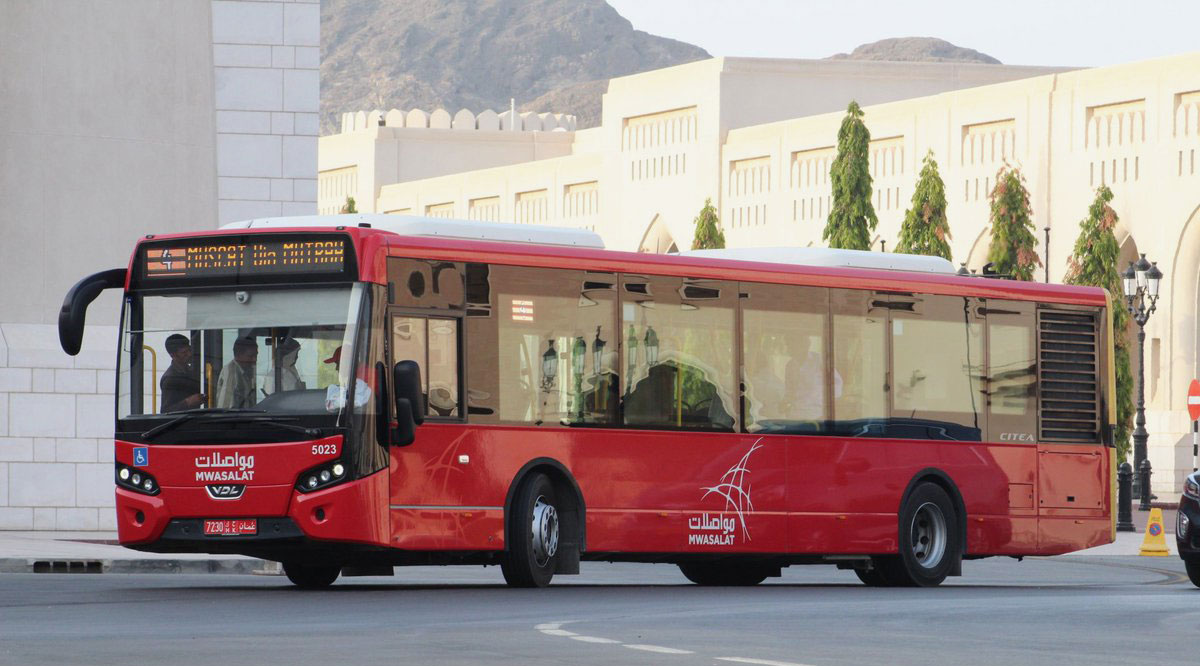

Nearly two years after the revamp of public bus system in Muscat, residents and citizens feel there is need to consolidate on its success.
Mwasalat’s city buses have been efficient in the last couple of years, but still the service is limited on the main trunk routes with a waiting period of 10-15 minutes, which is too long.
All eyes are on the proposed expansion plans announced earlier this year. Mwasalat, in replies to queries on social media, said it was awaiting the arrival of new buses which will help offer new routes and increase frequency on the existing routes. Mwasalat transported 3.7 million passengers in 2016 on all routes in Muscat and on intercity lines to various governorates, with a rate of more than 10,000 passengers a day. On Fridays, the number would touch 16,000.
Earlier this year, Mwasalat had revealed its plan to operate new routes for Muscat, including Al Khuwair (November 18), Athaiba-Seeb-Al Khoud, Athaiba-Ghala Industrial Area, Muscat Airport-Ruwi, Muscat Airport-Burj Al Sahwa, Athaiba-Ansab-Ghala, Ghubra-Bausher, Burj Al Sahwa-Al Hail- Al Khoud and Burj Al Sahwa-Kom. These new routes are expected to be introduced in a phased manner.
“For a city like Muscat with extreme hot conditions, it is not practical for someone to wait at a bus stop for over 10 minutes. The wait will look longer in these conditions when options like shared taxis are available on certain main routes,” said Veronica, a Filipino who travels between Ruwi and Ghubra occasionally.
These buses, she said, are dependable only if you take them from the starting point.
“I think there are a number of car users who have opted for private vehicles, including students. Taxis are expensive and bus services are not widespread. Even tourists opt for rented vehicles as they do not have options vis-à-vis public transport. Things are changing but we need it at a faster pace for the benefit of visitors and residents,” said Ibrahim al Hatmi, a tourist guide.
The company said high rates in the number of passengers on all lines reflect the role of the company in raising awareness among various sections of society and encouraging people to use public transport.
According to the World Bank, urban transport institutions take time to evolve.
It said severe congestion, poor air quality, increase in road accidents and explosive growth in energy consumption are manifestations of rapid motorisation in cities around the globe, especially in the developing world.
The tendency has been to deal with these problems through supply side interventions such as widening of roads and construction of flyovers.
Vinod Nair
Oman Observer is now on the WhatsApp channel. Click here



